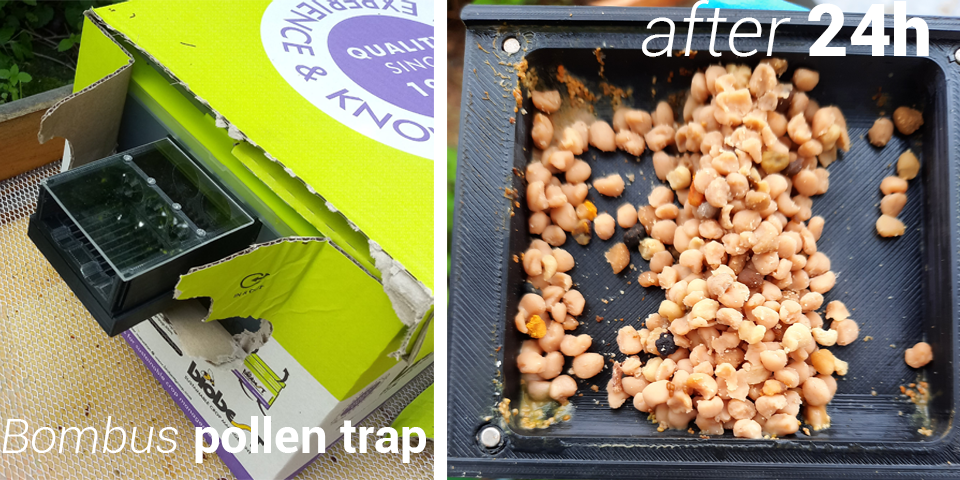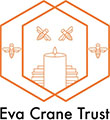How do you collect high-quality pollen from bumble bees without slowing down the colony?
Our new modular, 3D-printed JKI pollen trap was engineered exactly for that – and in head-to-head field tests with Bombus terrestris it outperformed the widely used USDA design by a large margin. A Tweedie GLMM predicted ~24× higher pollen yield for the JKI trap (p < 0.001), with no effect of entrance diameter (6.5 vs. 7.2 mm).
Why that comparison?
For several years, the 3D-printed USDA entrance trap (Judd et al., 2020) has been the de facto choice available to researchers for Bombus pollen collection – used in only a few monitoring studies and sometimes adapted to B. terrestris. Its performance varies by species and setup, which made it the logical benchmark for a behavior-tuned redesign.
What’s different – and why it works?
Instead of external scraping ridges, the JKI trap uses a gentle, funnel-shaped pass-through insert that dislodges corbicular loads as workers walk naturally, keeping traffic smooth and disturbance low. It mounts directly to commercial B. terrestris hives and is swap-and-go modular for other setups.
Built for real field ecology
Across 8 weeks of trials in Braunschweig (Sept–Oct 2024), with systematic weekly rotation across colonies and entrance sizes, the JKI trap delivered consistently higher yields under heterogeneous urban forage—ideal for floral resource mapping, pesticide residue monitoring, and long-term colony health work.
Highlights at a glance
- High yield: ~24× higher predicted collection vs. USDA design (p < 0.001).
- Behavior-tuned architecture: guided, low-resistance funnel path; smooth bidirectional traffic.
Read the open-access paper
Odemer, R., Geiger, M., & Geiger, L. (2025). Development of a Modular 3D-Printed Pollen Trap for Bumble Bee Monitoring. Journal of Applied Entomology.










